Exploring the military history of Aegna island, Estonia
One of the huge coastal defence guns that was destroyed after the second world war, really makes the island a visceral experience to visit!
After exploring the beautiful Estonian nature, I’ve decided to take a ferry to the enigmatic island of Aegna, close to the capital, Tallinn.
At around 3 km², the island is easily small enough to walk around in a day, however, there are also a number of camping sites that you can use for overnight stays, or even rent a wonderful beach house that can be rented for up to 6 people (with glamping options if you have more, or it’s already in use!).
Most interestingly, the island is home to several former Soviet military sites, such as an artillery and coastal defensive positions from different periods (my research suggested 18 – 20th century) that can be found by following using the satellite mode on Google maps.
Seeing the military history of Aegna island
My research tells me that during the second world war, the island was occupied by Soviet forces who strategically positioned artillery batteries and naval mines to defend it from invaders. In 1941, the German forces captured the island and fortified it with bunkers and other defensive structures. Both sides heavily fortified the island.
In 1944, Soviet forces launched an assault on Aegna island as part of the Tallinn Offensive. The German forces on the island were defeated, and the island was captured by the Soviets. Following the war, the Soviet military used the island as a base for naval and air operations, maintaining a presence on the island until the fall of the Soviet Union. Interestingly, the buildings are still in place there and are a very visceral experience to see up close.
During the war, the Soviet forces installed several types of artillery batteries on Aegna Island, including coastal defence guns and anti-aircraft guns.
Coastal defence guns were usually large calibre weapons, such as 130mm or 152mm guns, positioned in concrete bunkers or open emplacements to engage enemy ships approaching from the sea. On the other hand, anti-aircraft guns were smaller calibre weapons, typically 37mm or 85mm guns mounted on mobile carriages or static platforms, often positioned in groups to provide overlapping fields of fire. These artillery batteries played an important role in the island's defence.
Walking around these old, fortified sites was like taking a step back in history and reminded me of the battlefield tours that we often used to go on during my time in the military, yet it also feels like walking around a movie set, because finding all these sites intact seems hard to believe until you see it with your own eyes!
Whilst it may not be somewhere high up on your list of places to visit if you’re in Tallinn for a short time, it’s worth visiting if you’re there as a digital nomad or visiting for much longer than a week – and especially during summer for the incredible beach scenery.
I add the place to my list of places to come and camp at, so I can investigate it more in the future.

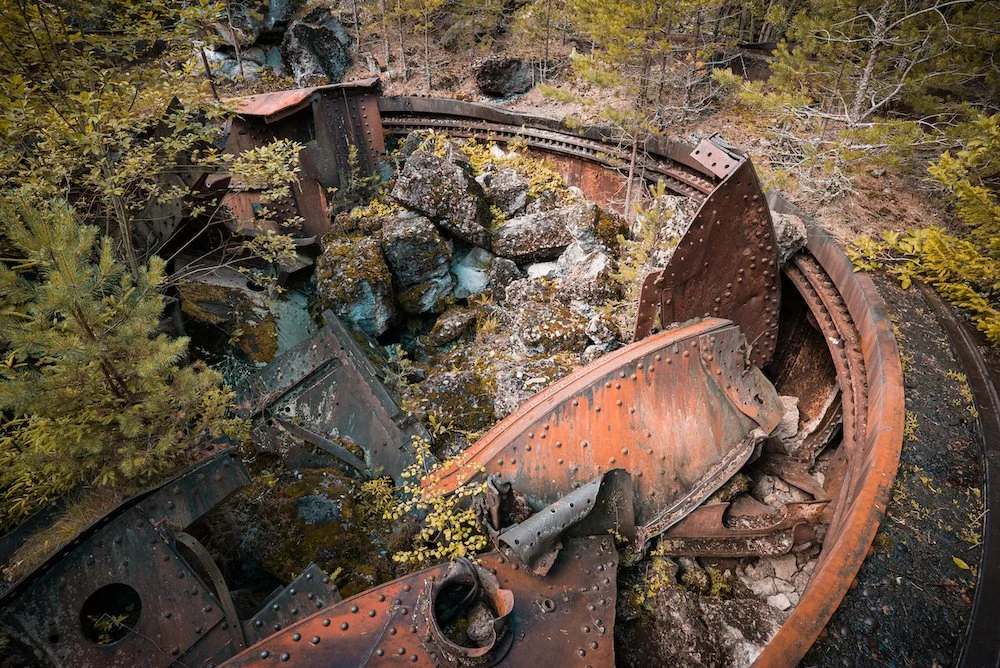
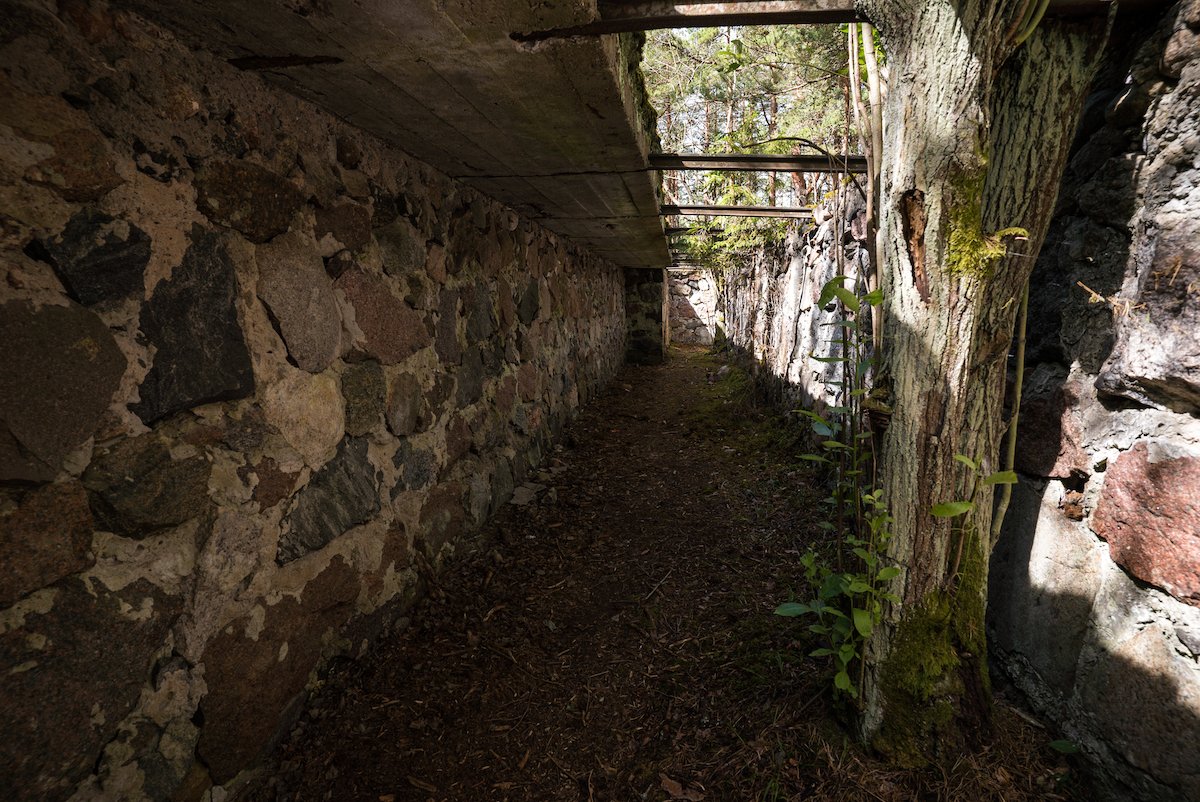

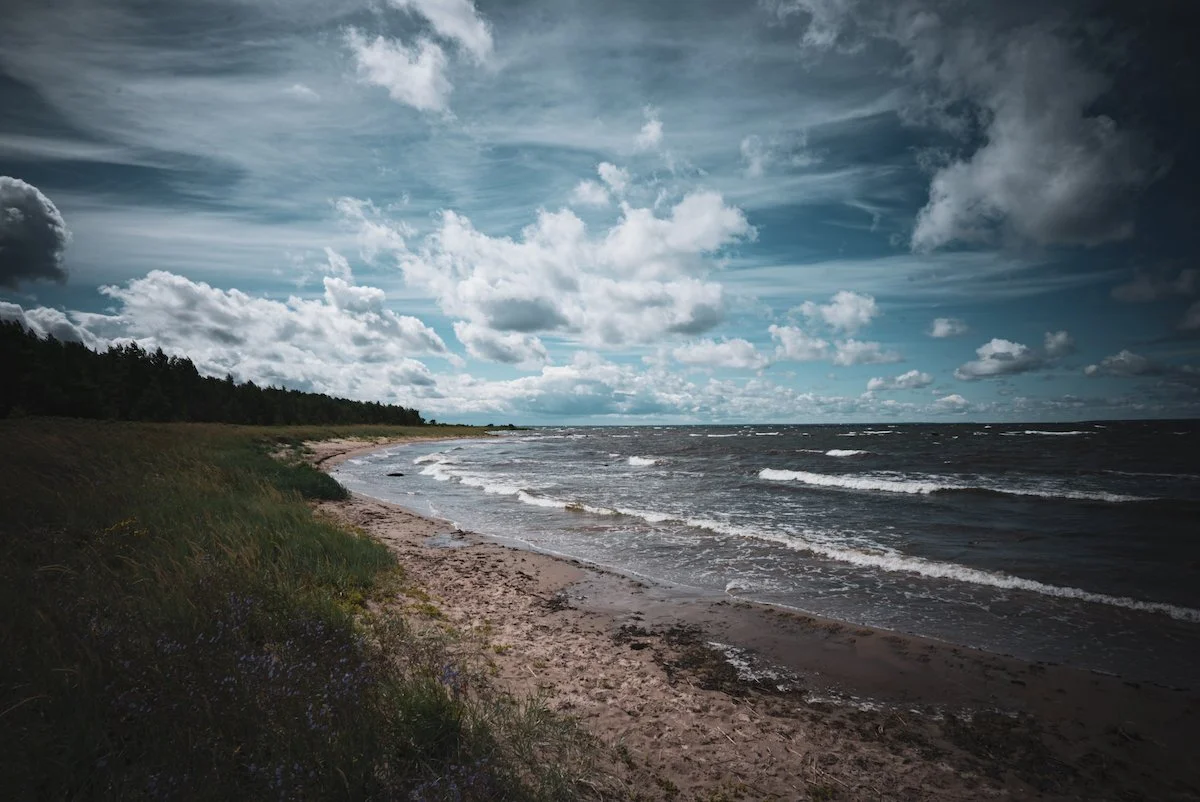
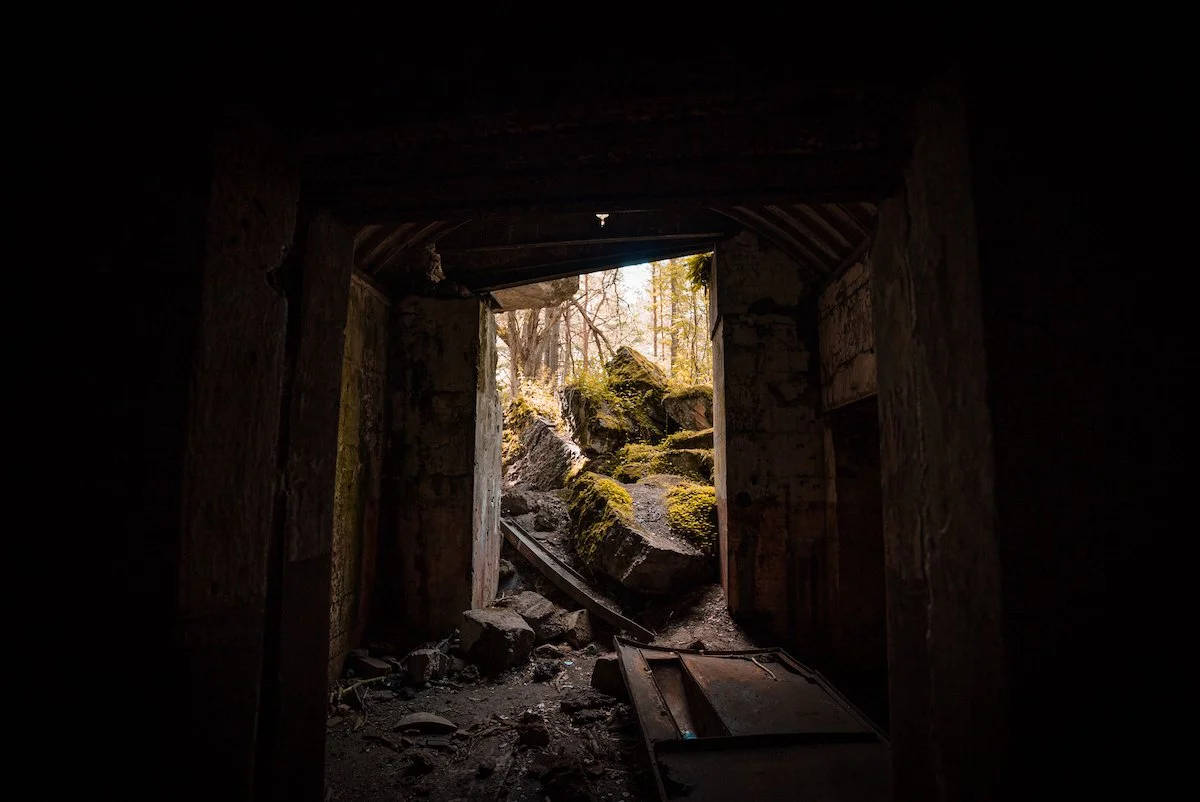
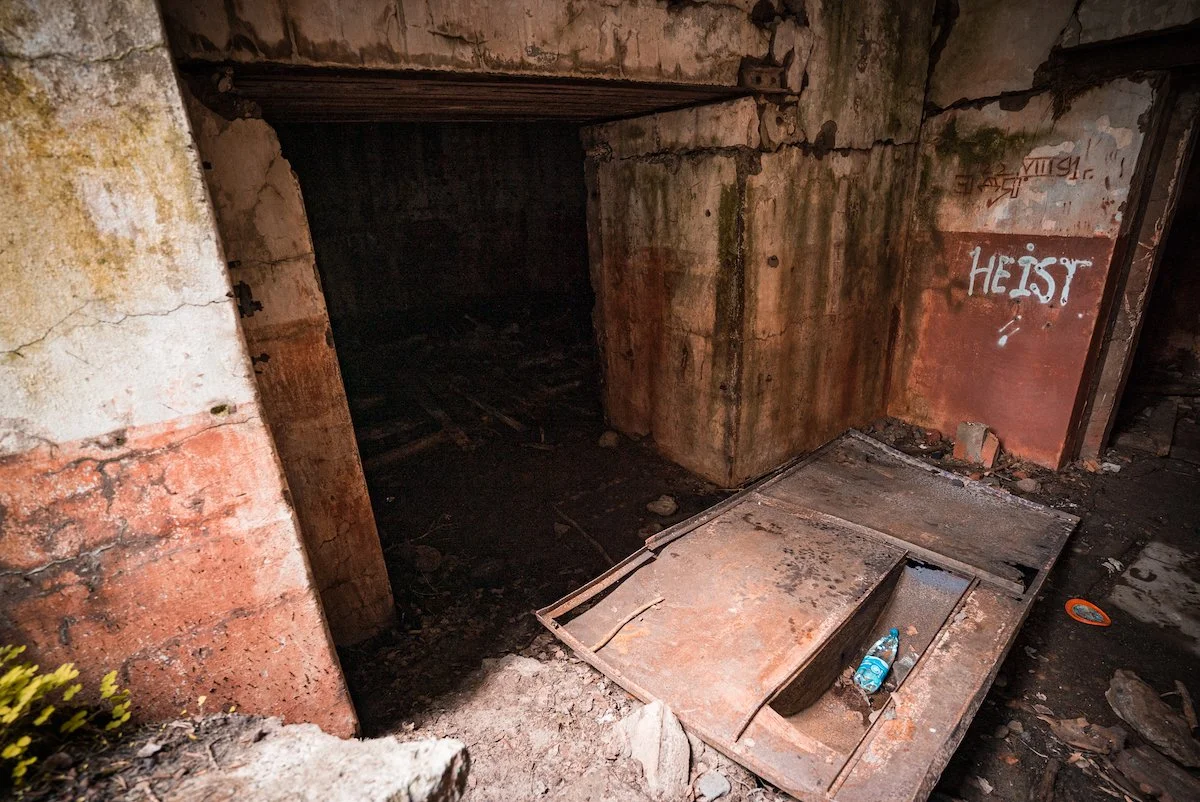

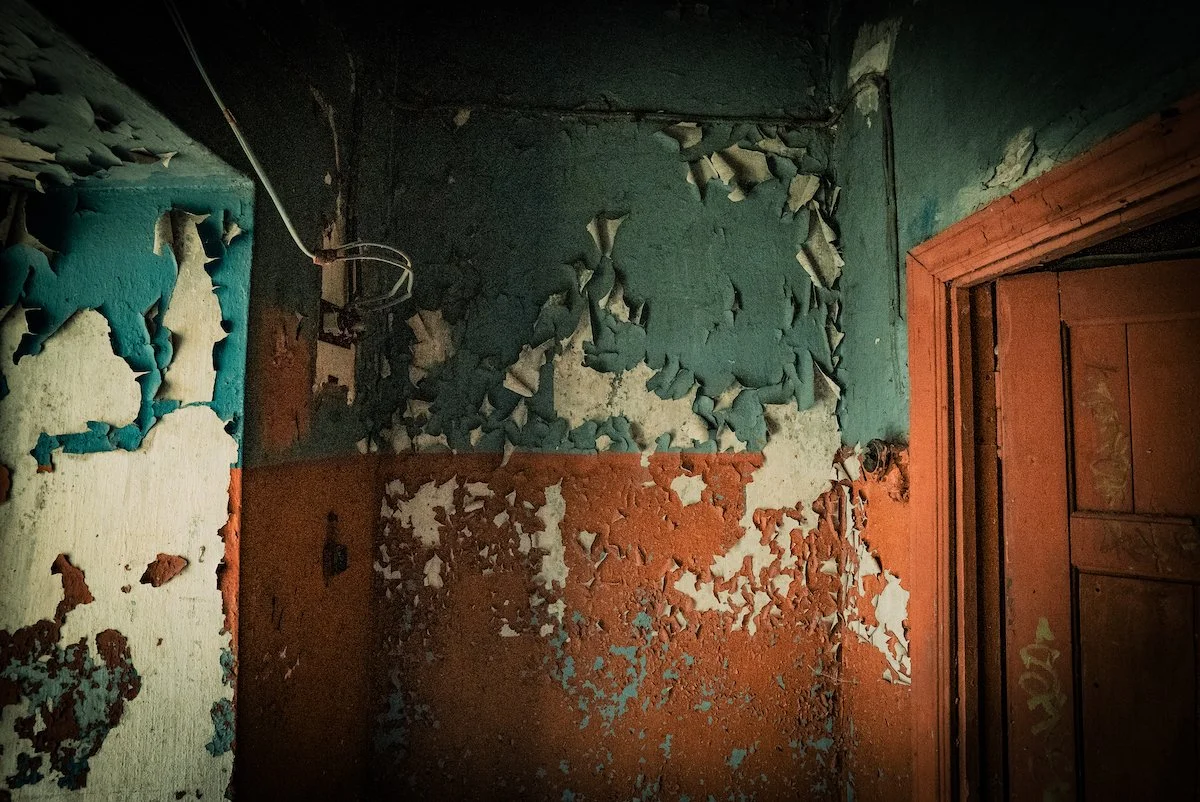
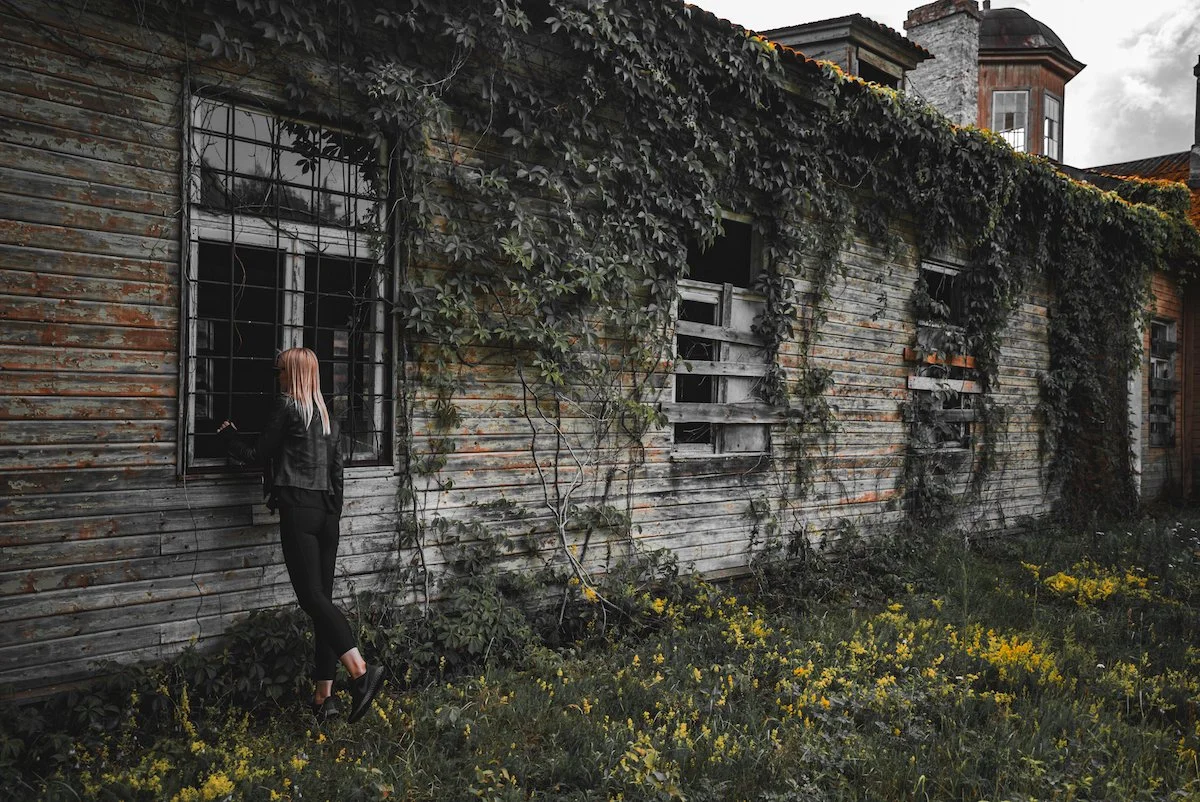
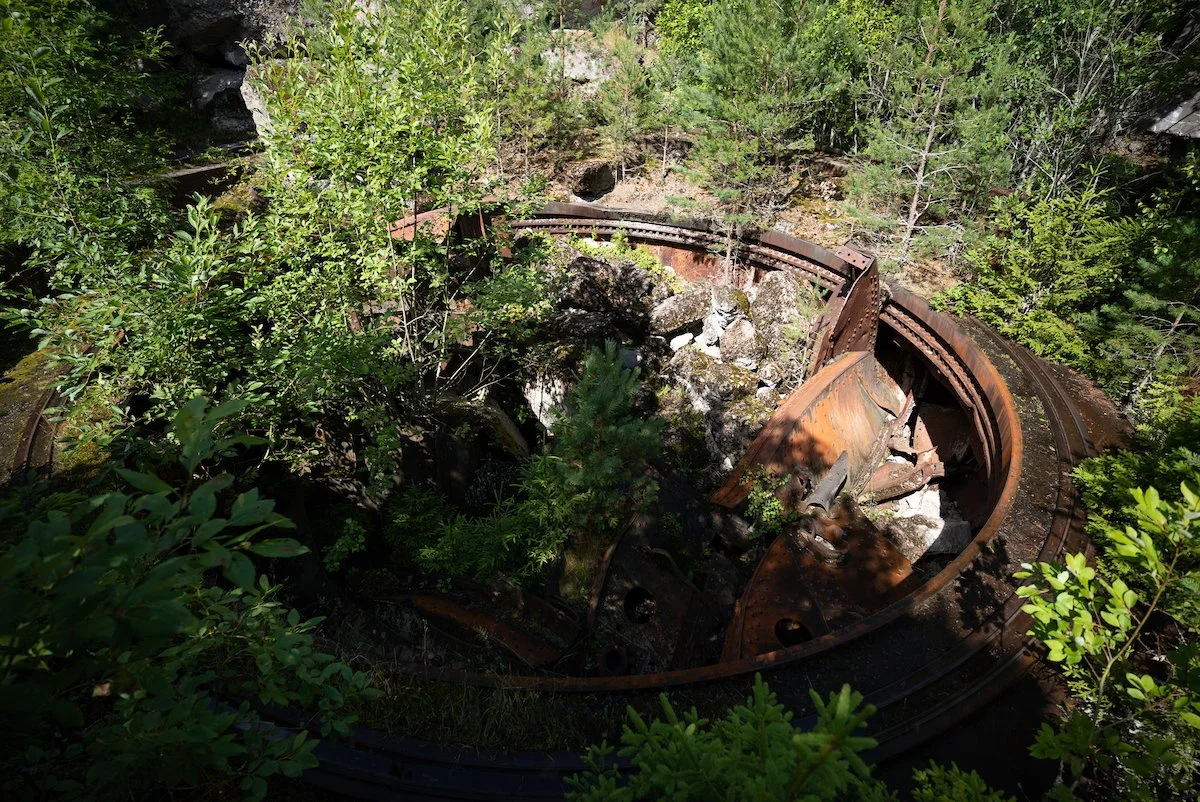


If you’re seriously considering a year as a digital nomad, whether that’s to explore the world, setup a virtual business, or both, I strongly urge you to put Estonia at the top of your list for all the reasons I mention below – however don’t be surprised if you don’t want to return back to your country of origin at the end of it!
Secondly, I make no apologies for being so enthusiastic about the place, I’ve travelled in over 60 countries across the world and feel like I’ve found somewhere that is truly remarkable for many good reasons that people aren’t yet aware of.